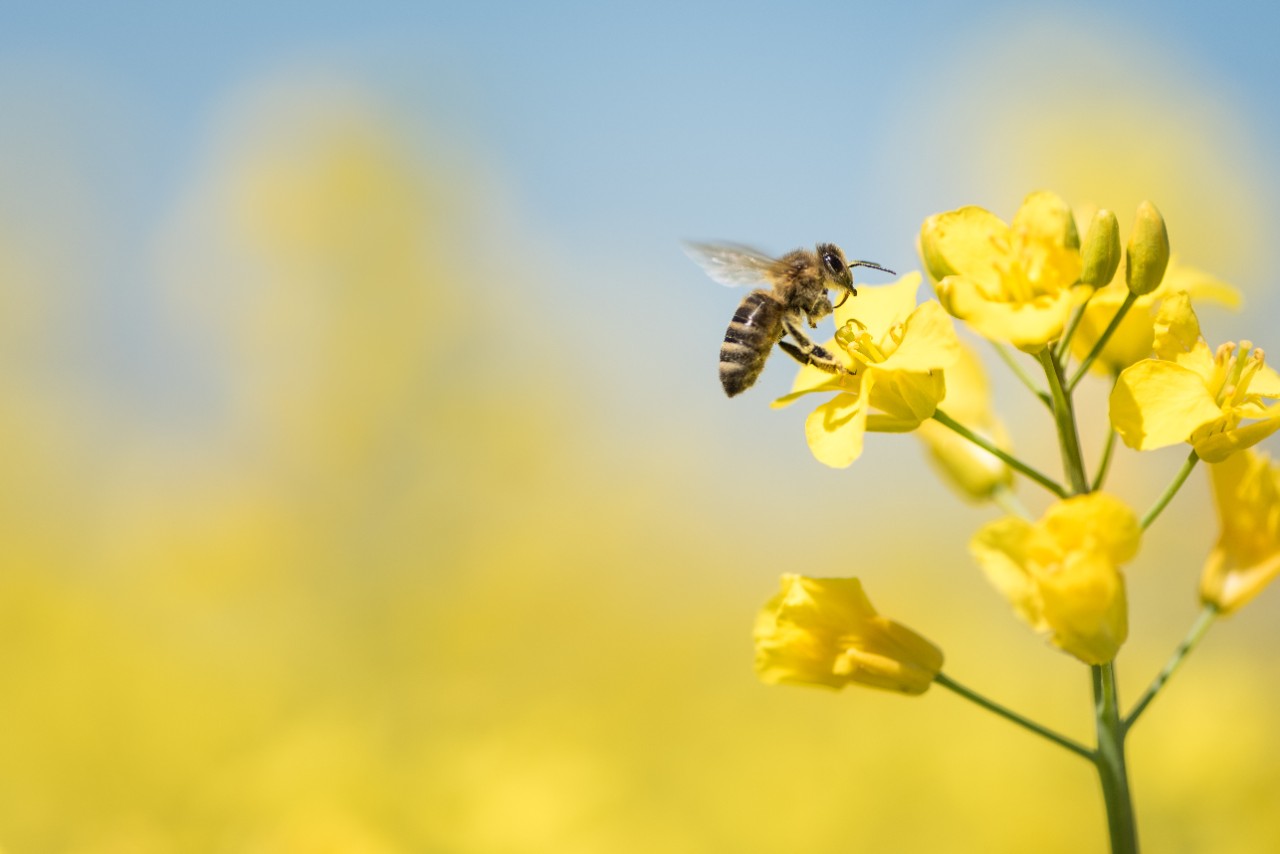Terrestrial Ecotoxicology
作物保护产品可以以复杂的方式影响陆地环境,对陆地生态毒性挑战进行评估。部分地,这是由于陆生物体的多样性,包括植物,无脊椎动物和脊椎动物,并且因为它们生活在土壤中。为了进行有效的陆地生态毒理学研究,因此需要了解生态系统的更广泛的连接性,因此您可以将任何单一作物保护产品施加到上下文中。Covance可以在陆地生态毒理学研究设计中提供建议,并进行一些或全部研究,您需要满足全球监管终点和要求所需的研究。

- Our broad-based team are experts in designing and running standard- and higher-tier terrestrial ecotoxicology studies
- 全面的设施包括恒定的环境室,致力于不同的物种,以及户外覆盖的地区和植物玻璃
- 全面研究蜂房为蜜蜂研究提供扩展功能
您的需求
陆地生态毒理学终点是大多数全球作物保护产品调节因素的要求
Regulators across the world require terrestrial ecotoxicology endpoints that prove the potential hazard posed by your crop protection product. They demand robust and reliable data on the impact of your crop protection product on plants, soil-based microorganisms and invertebrates (such as earthworms), as well as non-target arthropods, particularly pollinators such as honeybees. You need to generate and compile a dossier of evidence, conducted to international standards and suited for submission to each specific regulator.
Our Capabilities
Your ideal partner to generate high-quality terrestrial ecotoxicology data for your crop protection product
We can leverage expertise from a wide team of ecotoxicology scientists and build a dedicated team focused on delivering a solution that works for you and your crop protection product. You will be supported by study directors, ecotoxicology experts, apidologists and analytical chemists, working collaboratively to design and execute your terrestrial ecotoxicology studies. All studies are performed to recognized international standards and aligned to your specific regulatory requirements.
全套陆地生态毒理学评估,以满足您的作物保护产品需求
Covance has extensive experience performing terrestrial ecotoxicology studies accordingly to international test guidelines. As well as standard laboratory studies, our broad-experience can be used to design non-standard, tailored and higher tier studies, including semi-field/field studies, to meet specific regulatory needs.
我们的作物保护产品的标准生态毒理学研究包括:
Pollinators
- OECD 213: Honeybee (Apis mellifera),急性口腔毒性测试
- OECD 214: Honeybee (Apis mellifera), Acute Contact Toxicity Test
- OECD 237: Honeybee (Apis mellifera)幼虫毒性测试,单次曝光
- 经合组织245:蜜蜂(Apis mellifera), Chronic Oral Toxicity Test (10-Day Feeding)
- 经合组织246:大黄蜂,急性接触毒性测试
- OECD 247: Bumblebee, Acute Oral Toxicity Test
Invertebrates
- OECD 207: Earthworm, Acute Toxicity Tests
- OECD 222:蚯蚓繁殖试验(艾西尼亚艾丽达/ Eisenia Andrei)
- 经合组织220:Enchytraeid再生测试
有益昆虫 - 实验室和扩展实验室测试
- IOBC:寄生黄蜂(Aphidius Rhopalosiphi.)
- IOBC:掠夺性螨(Typhlodromus pyri)
- OECD 232: Spring tail / collembola (Folsomia candida)
- IOBC:蕾丝翼(Chrysoperla carnea)
- IOBC: Ladybird (Coccinella septempuntata)
- IOBC:Carabid Beetle(Poecilus cupreus.)
- Iobc:Rove Beetle(Aleochara Bilineata)
- IOBC:蛋寄生虫(Trichogramma cacoeciae)
- BBA: Wolf spider (Pardosa sp)
- IOBC: Predatory bug (orius laevigatus)
- OECD 226: Soil mites (Hypoaspis)
Soil microflora
- OECD 216: Soil micro-organisms: Nitrogen Transformation Test
- 经合组织217:土壤微生物:碳转化试验
Non-target plants
- OECD 208: Terrestrial Plant Test: Seedling Emergence and Seedling Growth Test
- OECD 227: Terrestrial Plant Test: Vegetative Vigour Test
禽
- OECD 223: Avian Acute Oral Toxicity
- OECD 205 / OCSPP 850.2200:膳食毒性测试
- OPPTS 885.4050: Microbial Pesticide Test Guidelines – Avian Oral, Tier I
- OPPTS 885,4100: Microbial Pesticide Test Guidelines – Avian Inhalation Test, Tier I